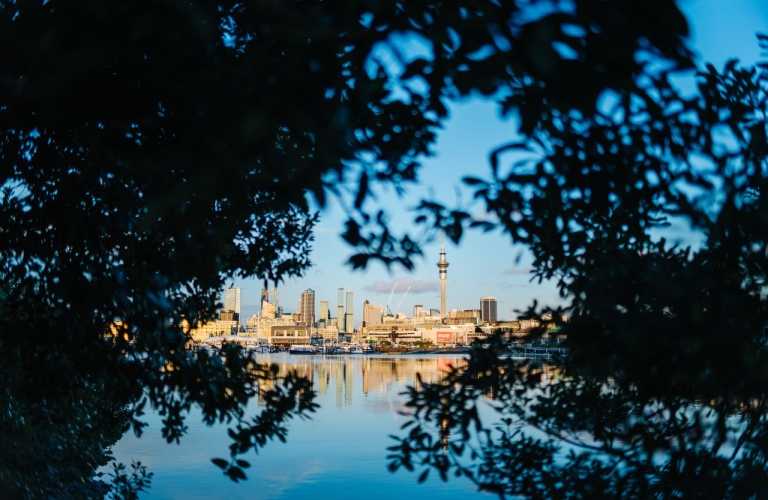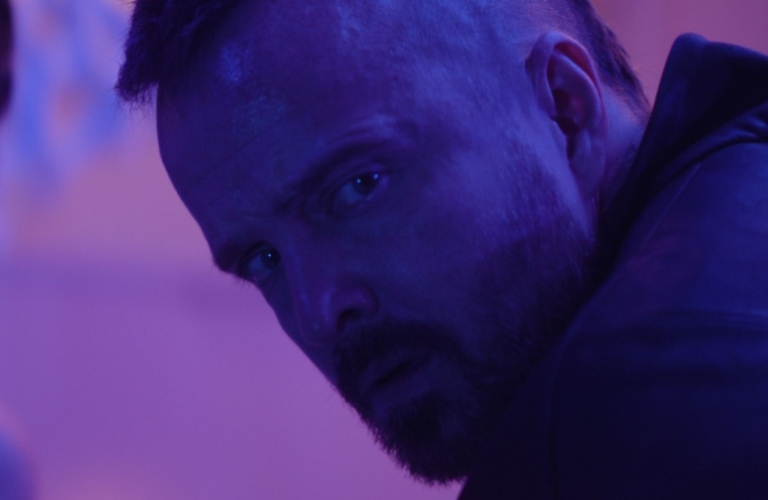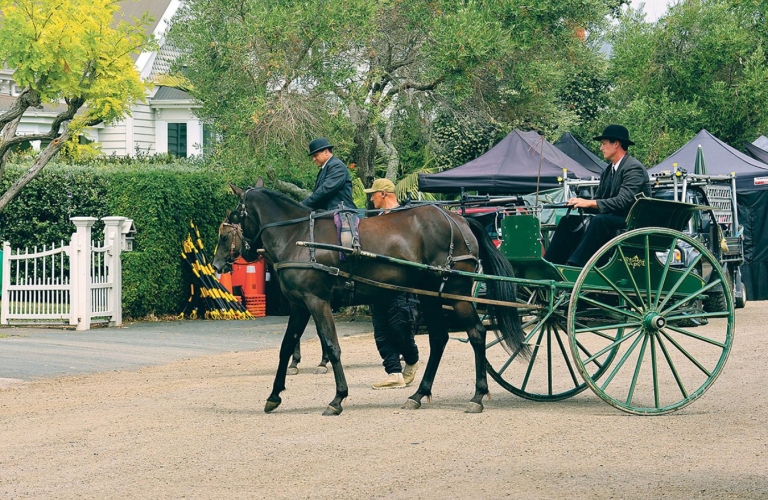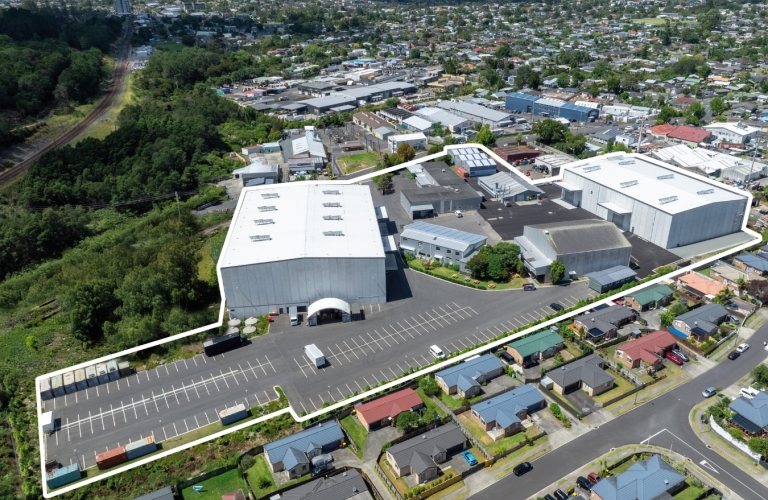In mid-September, Screen Auckland met with groups of experienced location managers to gather feedback on the proposed updates to the Auckland Film Protocol – the guidance document that outlines how filming in public spaces is managed across the Tāmaki Makaurau region. The discussion provided valuable insights into how the protocol can better support filmmakers while balancing community use and operational requirements.
A shared commitment to filming
A key theme from the session was a strong desire to see Auckland Council’s stated commitment to enabling filming more clearly demonstrated in practice. Attendees emphasised the importance of a consistent, transparent approach – one that genuinely supports filming unless there is a clear reason not to.
Key updates under consideration
Feedback from the workshop has already helped refine several proposed changes. Among the updates:
- The threshold for ultra-low impact filming will shift from five to seven people, recognising the realities of small-scale shoots and breakaway groups.
- Producer involvement was encouraged for projects, providing added support to location managers and Screen Auckland facilitators.
- A fast-tracked process for lower-impact permits was supported, allowing more time to focus on higher-impact activities.
Drone clarity
Participants welcomed clearer definitions for drone activity thresholds and appreciated confirmation that Screen Auckland’s role covers only approvals for launching and landing on public open space – with other aspects such as airspace and noise governed by the Civil Aviation Authority (CAA) and Resource Management Act (RMA) regulations respectively.
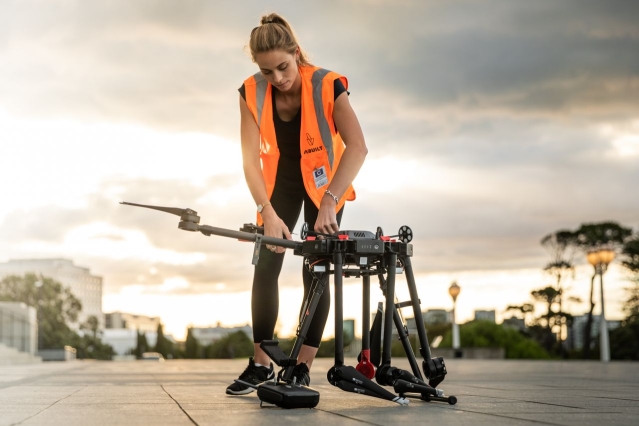
Simplification of traffic control
For traffic control, feedback focused on reclassifying truck crossings and speed reduction signage as low impact. Instead, Screen Auckland has simplified how charges are applied and set-up and pack-down will now be charged rather than the full duration of the control.
Feedback also suggested that a film permit shouldn’t be required for traffic management support when filming is not on a road corridor. For now, film permits will continue to serve as the Corridor Access Request equivalent to enable faster processing. Without this, requests would fall under civil works and take a minimum of six weeks.
The sessions also noted the upcoming transition from the Code of Practice for Temporary Traffic Management (CoPTTM) to the New Zealand Guide to Temporary Traffic Management (NZGTTM) by mid-2026.
Refinements to support smoother permitting
Other refinements include:
- Support for integrating unit bases into impact levels and fees.
- Following feedback that separating crew and talent numbers felt redundant, the impact table for ultra-low and low tiers now refers to total people rather than separating groups. The distinction remains for medium impact and above, where it provides useful context for facilitators. Screen Auckland has requested Apply4 FilmApp to automatically add these numbers on the application form.
- Improvements to FilmApp forms to better capture prep day details and define handheld equipment use.
Next steps
Screen Auckland manages film permits under the Public Trading, Events and Filming Bylaw 2022, with the Auckland Film Protocol providing practical guidance on how it is applied. Any updates to the protocol must be approved by Auckland Council’s Governing Body or delegated committee before they take effect.
The next draft of the protocol will incorporate this industry feedback. Once approved, the updated Auckland Film Protocol will be circulated to the screen industry through direct communication, online publication, and information sessions.
Ngā mihi
Screen Auckland thanks all participants for their time and valuable contributions to this process.
